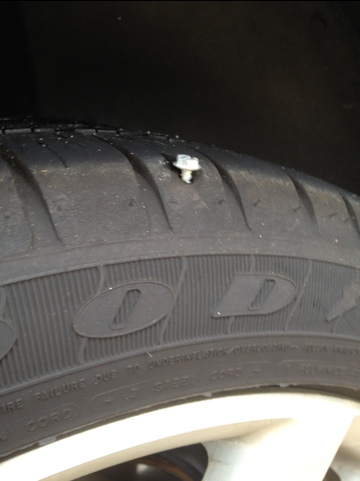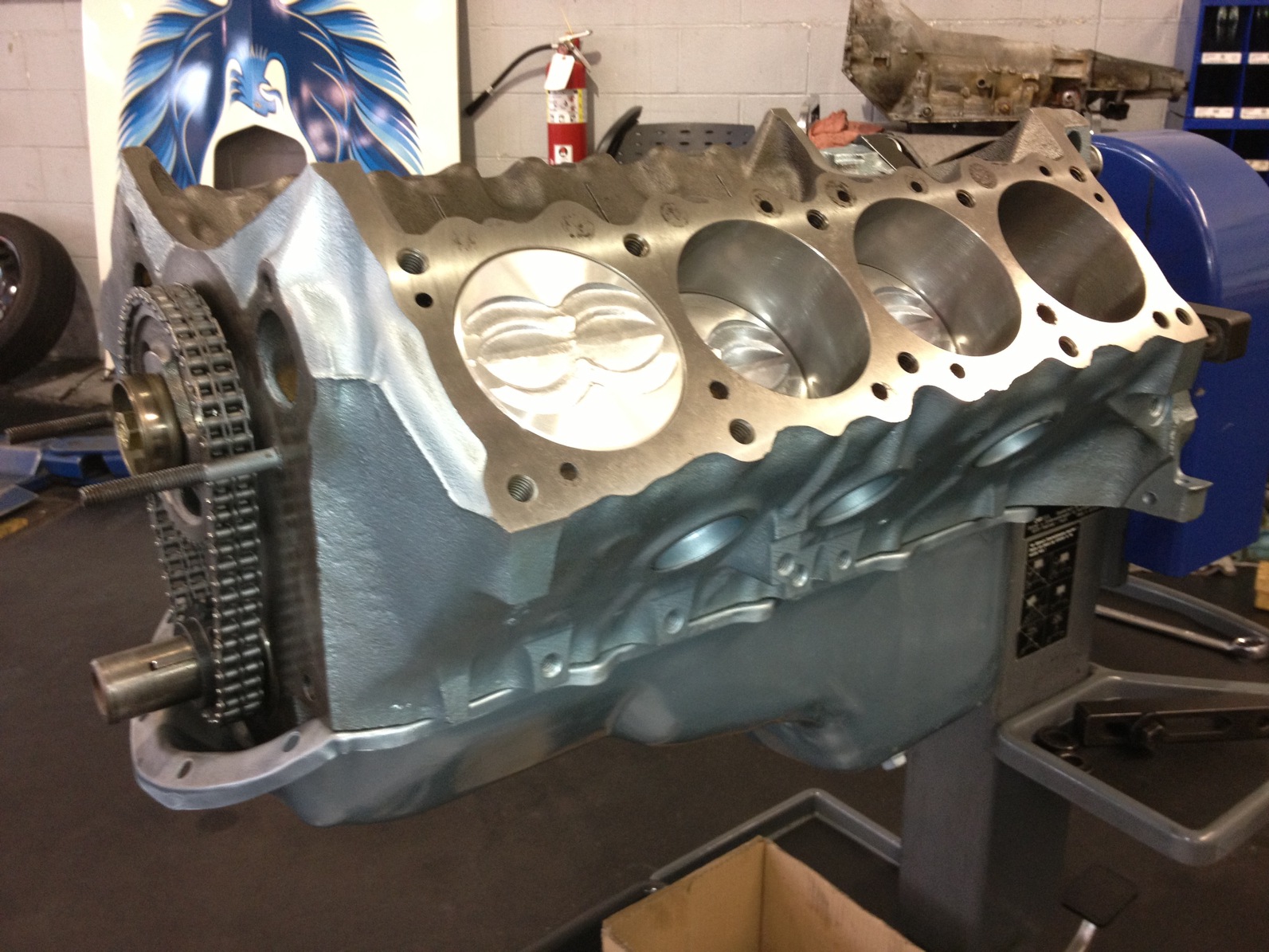Lessons learned from a flood in a UK workshop
 I got something a little different for you guys today. A special edition of Shop Shots, well sort of. The folks at VW Heritage contacted me a while back. Their shop flooded. We talked about giving folks some tips on dealing with flooding. So take it away Tara.
I got something a little different for you guys today. A special edition of Shop Shots, well sort of. The folks at VW Heritage contacted me a while back. Their shop flooded. We talked about giving folks some tips on dealing with flooding. So take it away Tara.
According to statistics the winter of 2013/2014 has been the wettest in the UK since 1910. Extreme weather, storms and heavy rain are on the rise globally with the threat of climate change, and predicted to increase in the US as well.
VW Heritage, a car firm based in the south of England, got a taste of this first hand recently when their UK workshop was flooded on New Year’s day: In the weeks leading up to New Year 2014 our home county of Sussex saw some of the heaviest rainfall in decades.
Our mechanic, Ben, got a call from the alarm company on New Year’s day because the movement of water flooding into the garage had triggered the motion sensors. He arrived to discover 2 feet of water filling the workshop.
Water had been gushing from the flooded road nearby and down the ramp, straight into our unit, where Ben’s Mk1 Jetta Coupe build project and the boss’s rather special Mk 1 Golf were both stored.
Fortunately, the Golf kept the water out, apart from some soggy carpet, and we’d put the TDI engine and box up on the crane, out of harms reach – but the boot of the Jetta did get a little damp. We also lost some electrical tools, a welder, the heater and all the stuff that was on the floor, or stored low down.
Looking on the bright side, we got away lightly in comparison to the National Corvette Museum sink hole disaster recently in Kentucky. Plus, we get to share the lessons we’ve learned from our experience with others:

Top tips to prepare your garage for a flood
- Re-assess what you keep on lower level shelving, on the floor and in the bottom of your toolbox. Big toolboxes have great storage for drills, and other electrical items that you rely on day to day. Sadly water levels rise up, and these tools will be the first to get wet, along with the heavy welder you leave on the floor, and the heater that takes the chill out the air. If you can’t keep these items permanently stored a few feet off the ground, then at least move them temporarily if there is any threat of heavy rainfall or flooding.
- Make sure drains nearby are kept clear, remove any debris, leaves, and blockages. Not a very pleasant job, but you’ll be saving yourself an even nastier one later – cleaning up afterwards is pretty gross!
- Seal interior walls with waterproofing compounds and paints – they can’t keep water out but they can stop it seeping through and creating more damage. For timber use a wood preservative protective coating.
- Shallow floods penetrate weak points in the building such as air vents and cracks in brickwork. Check the building both inside and out for cracks and holes, and then plaster or use filler or water-proofing sealant. Regular maintenance will limit the amount of water that can seep through masonry walls. Water-resistant coatings applied to porous surfaces will also fill any cracks in the masonry or the joints. To avoid trapping water in the wall purchase coatings that are micro-porous so that the wall can breathe.
- A water proofing epoxy or hard wearing waterproof paint on masonry or concrete floors will minimize damage and make it easier to mop out water if it does come in. Depending on your existing floor, you may need to prepare the surface before applying. There are a number of decent tutorials and lots of advice online.
- Consider installing a hoist or mini crane to allow you to store valuable, easily damaged parts above ground or in the apex of a workshop roofspace.
- Installing breaker sockets will ensure that if water gets into any electrical kit it switches the socket off rather than shorting out.
- It sounds obvious but if it’s been raining heavily, keep tuned in to local news and weather stations, especially if you’re in an area that’s liable to flooding. Severe weather and flood warnings will be issued in advance of predicted flooding.
- A water proofing epoxy or hard wearing waterproof paint on masonry or concrete floors will minimise damage and make it easier to mop out water if it does come in. Depending on your existing floor, you may need to prepare the surface before applying. There are a number of decent tutorials and lots of advice online.
- If you think flooding is imminent, place sandbags around doors and entrances, you can contact local builders’ merchants for stocks of bags and sand. The use of flood barriers like this will only delay the penetration of water but at least you can buy yourself some time and move all your tools and valuables out or off the floor.

Tara Gould works for VWheritage (http://www.vwheritage.com/) who offer genuine and top quality classic VW parts for restoration and repair.











Epoxy compounds for coating & ink application: Sporting goods (bike, tennis racket, motorcycle helmet…), electronic products (passive components, audio shell…), bumpers, primer of metal & composite, heavy duty coating, touch panel industry, PCB, chip resistor, IC, D-RAM cover coat……
Hey Charles
Nice blog about the flood and the status of the work shop disaster. Body repairs edinburgh is also a car repair company in uk for the best repair services with cheap repairing cost.
Wow, that would be a nightmare to walk into! I would like to see the photos of after the cleanup!
Keeping a great and safe phoenix repair shop is key to having customers come back!
I hope everything was covered, and if it wasn’t, hopefully repairable!
Thank you for this article.Personally,I think this material is great.I agree with much of your information here…